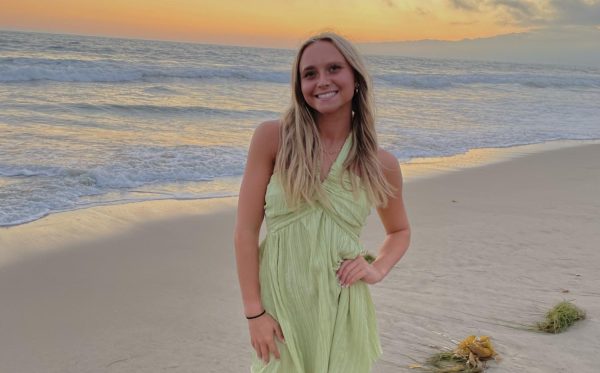How lack of vitamin D impacts people living in the midwest
Fun fact: according to clevlandclinic.org, 50% of the population has vitamin D insufficiency
January 18, 2023
Vitamin D is a wonderful nutrient. With benefits like a strong immune system and a lower risk of having certain cancers and diabetes, it is something no one can live without. However, with everyone’s main source of this vitamin being the sun, living in the midwest, proper amounts of Vitamin D are only received about four months out of the year, June through September. This means most midwesterners go over half of the year, October through May not receiving the right amounts of vitamin D. This can lead to a vitamin D deficiency. According to clevelandclinic.org, around 50% of adults experience vitamin D deficiency and most do not even realize it.
According to medlineplus.gov, some signs and symptoms of vitamin D deficiency include fatigue, bone pain, muscle pain, aches, cramps and mood changes like depression. People are also more at risk of having a vitamin D deficiency if they suffer from diseases like cystic fibrosis, or celiac disease, if they have undergone weight loss surgery, or take medications such as laxatives or steroids.
Many people can not explain why they do not feel as good both physically and mentally in the winter months. The cause is usually ruled off as seasonal depression, and while this might be true in some cases it could also be vitamin D deficiency. There are three main ways people get vitamin D, through the skin, through the sun or tanning beds, through diets and supplements. Living in the midwest when the sun is not an option in the winter months, it is recommended to eat foods rich in vitamin D, such as salmon, tuna, orange juice and dairy like cheese and whole milk. Another option is to incorporate a vitamin D supplement into your daily routine. Different people require different amounts of daily vitamin D based on their age. Infants require 400 IU (international units) a day, while children, teens and adults under 70 require 600 IU a day and adults over 70 require 800 IU a day. There are other ways to receive vitamin D through the skin other than the sun, which include tanning beds and vitamin D lamps. Tanning beds are not recommended due to the fact that they are proven to cause other health problems such as skin cancer and melanoma. The other option would be a vitamin D lamp, also known as a sad lamp. While these lamps are newer technology and there is not much research out about them yet, some users have experienced fewer depressive episodes after using the UV lamp for just 5 minutes a day. Depending on the quality of the lamp, the price can range from about $50 to $700.
There are many options when it comes to improving your overall health and avoiding vitamin D deficiency. While living in the midwest makes it harder to keep our vitamin D up, it is not impossible.









